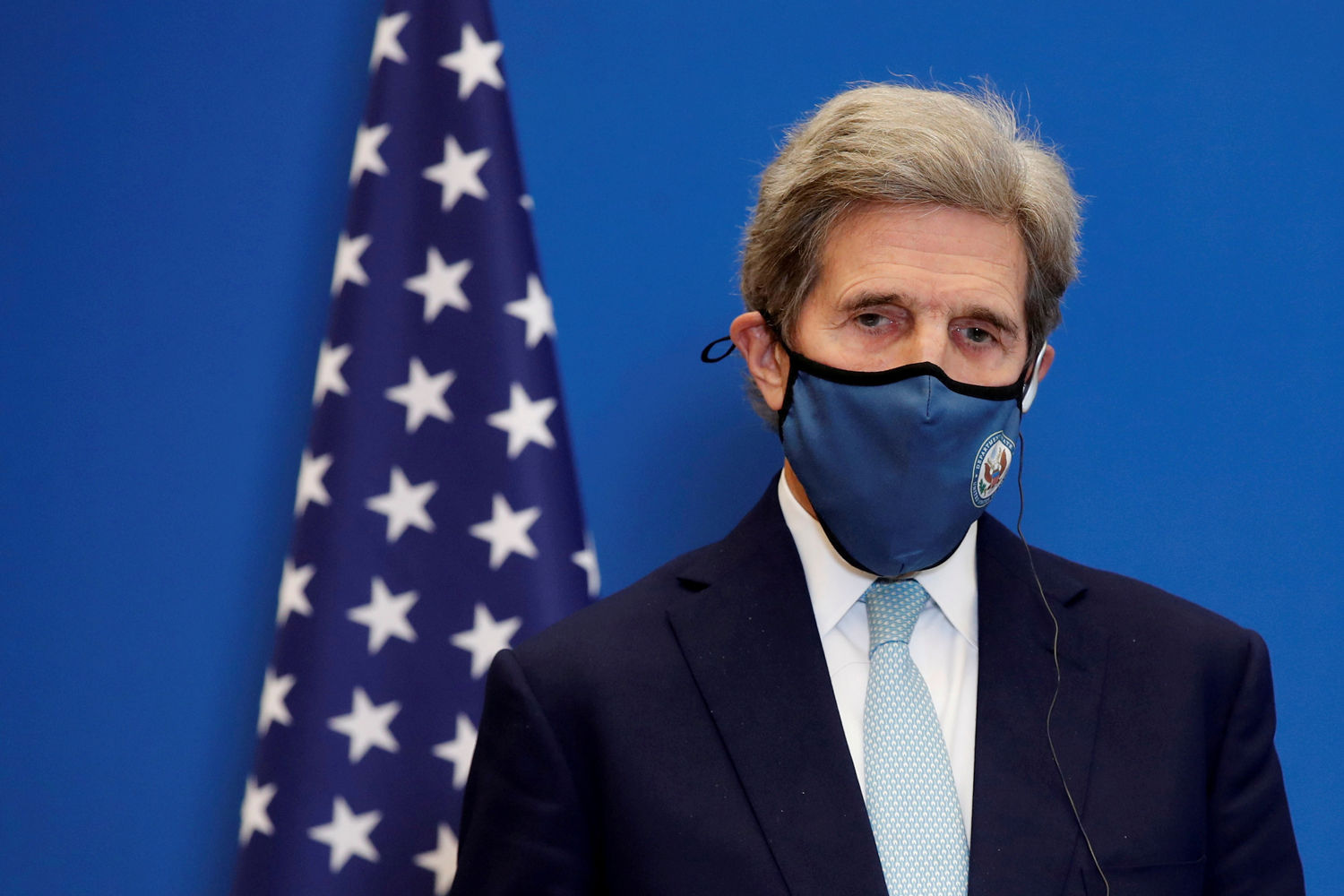(ATF) China needs to halve carbon dioxide emissions from its coal-fired power plants by the end of the decade if it is to remain on course to become carbon neutral by 2060, according to research published on Thursday, a goal set as US envoy John Kerry visits China for climate change talks.
Kerry’s trip, which began on Wednesday, comes amid tense relations between Beijing and Washington over a host of issues – human rights in Xinjiang and Hong Kong, military escalation in the Taiwan Strait and long-running trade and technology feuds – but the former secretary of state has said climate needs “to stand alone” as an issue.
His visit to Shanghai will focus on areas of potential cooperation, the White House said. “He’ll be focused on discussing climate and how we can work with leaders around the region to get control of the climate crisis,” presidential spokeswoman Jen Psaki said.
“China is the biggest emitter, we’re the second biggest emitter, India is the third biggest emitter, Russia, Indonesia, a bunch of countries follow,” Kerry said in a briefing last week. “And we need to therefore, all of us, join together. Even if one of those countries went to zero tomorrow, zero emissions, if it’s just them it’s not going to make the difference that we need. We need everybody to be heading towards zero.”
Kerry said he is confident that ultimately the world would solve the climate crisis. “I don’t doubt that we will get to a zero carbon economy. What I’m not sure of yet, because of the lack of willpower, is whether we will get there fast enough. That’s the challenge.”
SAVING MONEY
In 2019, China’s greenhouse gas (GHG) emissions were about 13.92 billion tonnes, twice as much as those from the US. RHG, a consultancy, estimated that total GHG emissions in China increased 1.7% in 2020. The US Energy Information Administration estimated that America’s GHG emissions decreased by 11% in 2020, primarily because of the effects of the Covid-19 pandemic.
To halve emissions, the world’s biggest producer of climate-warming GHG must shut, retrofit or put into reserve capacity as much as 364 gigawatts (GW) of coal-fired power by 2030 – around a third of its current total, according to London-based climate data provider TransitionZero.
The research used satellite imagery and machine learning to estimate carbon emissions from China’s coal-fired plants. It also estimated that China could save $1.6 trillion by replacing the majority of its coal-fired power plants with clean alternatives.
“Independent of climate considerations, our analysis finds China could save money, reduce stranded assets and improve its international reputation by replacing coal plants with zero-carbon alternatives,” Matthew Gray, co-chief executive of TransitionZero, said.
COAL EFFICIENCIES
China said in its 2021-2025 Five-Year Plan published in March that it would continue to promote the “clean and efficient use of coal”. Annual coal consumption nearly quadrupled between 1990 and 2015, and the fossil fuel provides 60% of China’s power.
President Xi Jinping has pledged the country’s emissions will peak by 2030, and become carbon neutral by 2060. But critics warned this target is being undermined by factors like the pipeline of new coal plants or China’s fuel-guzzling bitcoin mining operation which powers the global trade in cryptocurrencies.
China launched a carbon trading system in February aimed at driving down emissions – though critics have said it lacks teeth; its national emissions trading scheme is set to be formally launched in a few months.
In 2020 China opened three-quarters of the world’s newly funded coal power plants, according to CarbonBrief, and accounted for more than 80% of newly announced coal power projects.
China completed 38.4 GW of new capacity in 2020, higher than the 37.8 GW of coal plants that were retired globally. It commissioned 76% of the world’s new coal plants last year, up from 64% in 2019, according to a report by TransitionZero.
Some campaigners say the European Union and other world powers should impose trading tariffs if Beijing doesn’t stop opening new coal plants. So, the situation is delicately poised.
With reporting by Agence France-Presse and Reuters
























